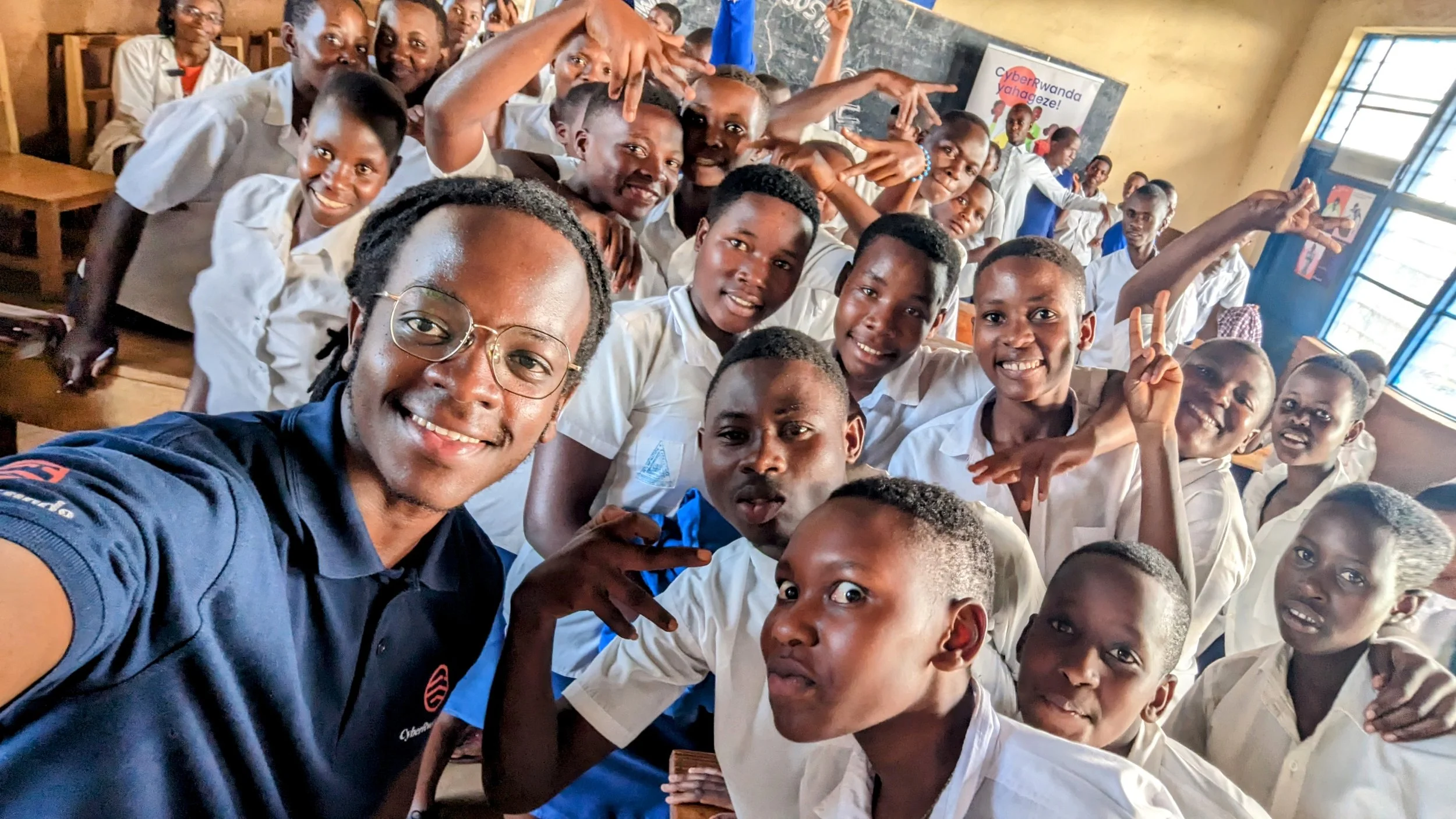Behind the Scenes: Unveiling Subtle Messages in Our Stories
When I first started writing the behavior change webcomics for CyberRwanda, I primarily focused on portraying the experiences and challenges of the teenagers and adolescents living in a typical peri urban and rural Rwandan community.
Then came Solange in season two. This urban-bred character would later inadvertently become a symbol of the perceived, sometimes entirely wrong, differences between youth in cities and those in rural areas. Indeed, when I started exploring her background in later seasons, it sparked a series of reflections on the myths we often perpetuate through digital storytelling.
Solange
Adding Solange in the webcomics was a deliberate choice I made based on both youth workshops and the evolving storyline. She emerged as a striking contrast to the other characters, having grown up in a bustling city, frequently moving, and receiving a rather progressive upbringing. In a world where other youth characters were just getting to question their beliefs and norms in regards to sex, and sexual and reproductive health, Solange had the answers.
Solange personified the embodiment of an aspirational figure, someone who possessed qualities that other characters admired and wanted, and who had lived the life that many in their community feared without seemingly any consequences. She was portrayed as strong-willed, outspoken, well-educated, and fashionably dressed. She displayed a deep understanding of sexual and reproductive health, demonstrating knowledge of contraceptives and actively using them herself.
Perhaps you can already see the mistake I was making: that only a teenager born and raised in the city, from a rich background, could have those qualities. It didn’t occur to me - not until months later during fieldwork, when I was talking to the young people that had read the stories.
Expanding Perspectives
It wasn’t even a planned youth workshop. I had met with CyberRwanda Ambassadors at school to hear about their experiences. At the end, we got around to discussing the stories. They observed that the stories had changed and were no longer focusing solely on rural life.
Indeed, the character Solange had become a hit with young people, and that had necessitated a focus on her in season 3 and season 4 which explored her urban background: challenges, choices, experiences, and fears, most of which continued to drive the decision she made.
The youth I was talking to then made a curious remark: that the focus on rural life should show how youth in those communities are more reserved, more religious, so unlike their counterparts in cities and towns who are more likely to have sex as teenagers, and use modern contraceptives—a sentiment that was amplified by the role Solange, who had become a representation of “city life” or “urban youth”, played in the stories.
Challenging Assumptions
I found it curious, but not entirely surprising. First, based on the ongoing research study, but also through the numerous workshops I’ve had with youth from urban, semi-urban, and rural areas, I knew it was not true. Second, as we kept discussing the notion, I became aware of the experiences and challenges I’d put some characters in based on my understanding of rural and urban life, such as youth in the city having sex at each other’s house, while two others in a rural setting went in a bush(this particular story point came directly from a youth workshop, where students told me they don’t have houses and so opt for other places like bushes and classes).
Solange's background and the subsequent response from the readers prompted a critical reflection: how often do we perpetuate certain myths we are often unaware of? How can we mitigate that? How do you ensure accurate representation?
While there is no definitive answer, it is crucial to approach storytelling with care and awareness. Stories have a profound and lasting influence on our perceptions, beliefs, and attitudes. They shape how we view the world and others around us. Conducting rigorous workshops with young people and measuring the impact of interventions can help gauge the influence of narratives and detect any unintended perpetuation of myths. Furthermore, paying attention to the questions young people ask themselves after consuming content provides valuable insights into their interpretations, assumptions, and conclusions.
Read other Behind the Scenes entries.
Interested in our CyberRwanda project? Learn more!





